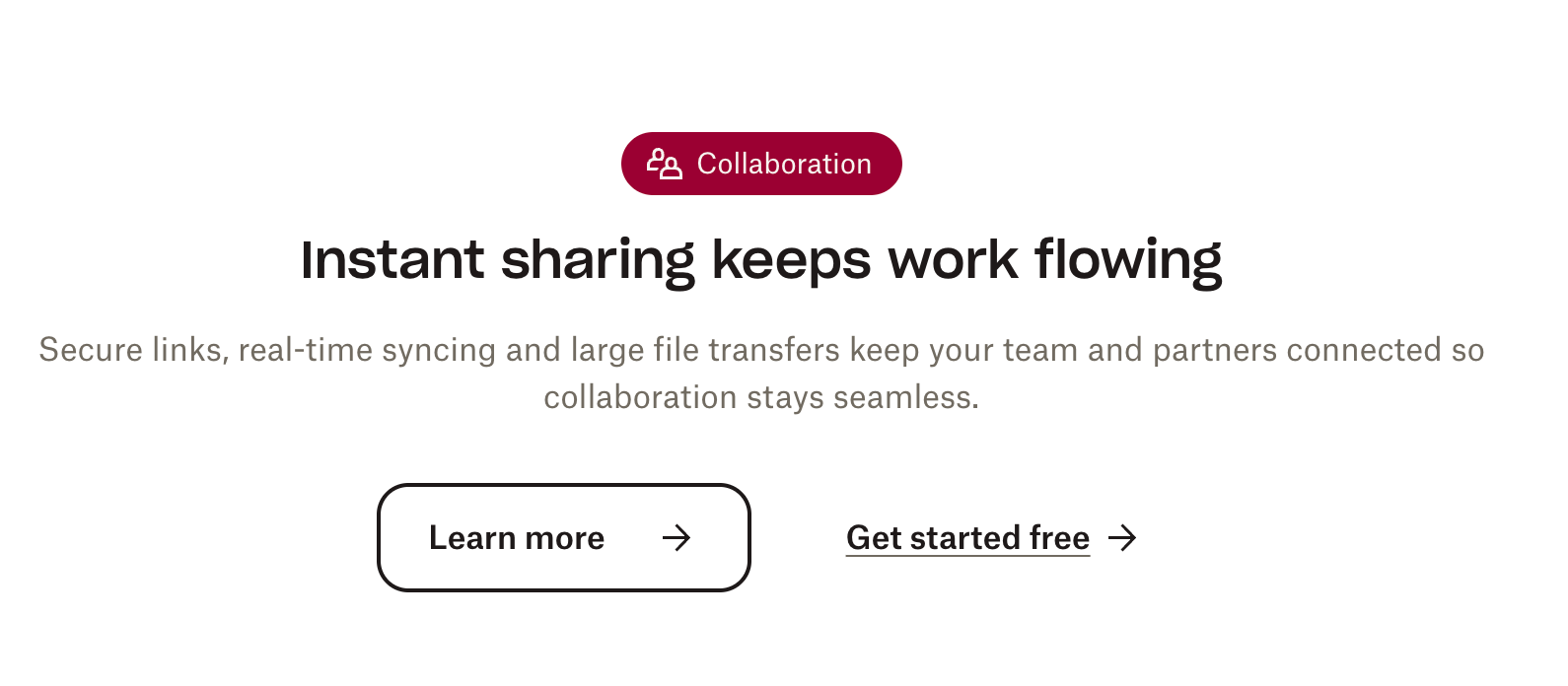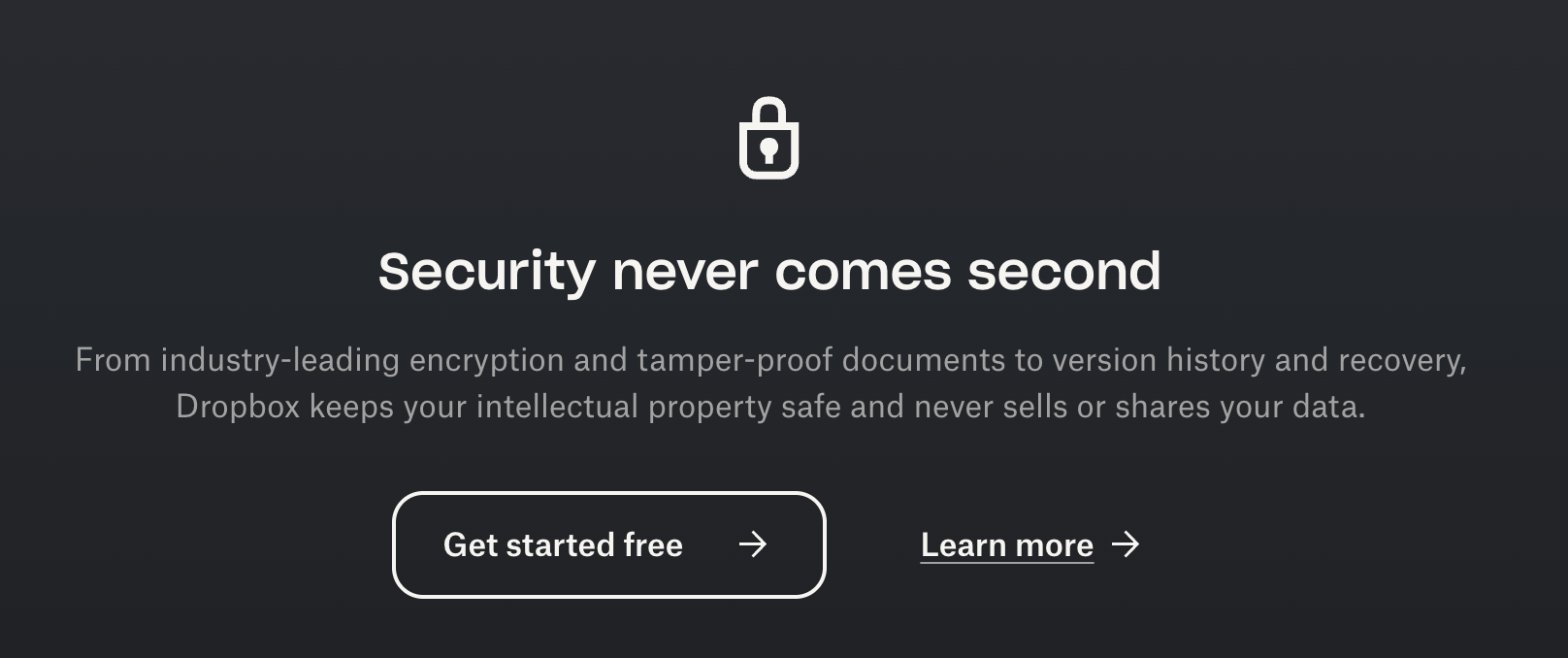Have you ever tried to launch a product that needs to resonate with two completely different audiences? It’s not just about tweaking your messaging – it’s about balancing two distinct sets of needs, expectations, and motivations.
I’m Marc Sadler, and I’ve spent over 15 years in B2B SaaS product marketing, with a lot of that time dedicated to navigating the complexities of launching products that speak to both B2B and B2C audiences.
One of the most challenging yet rewarding experiences in my career was launching a product that needed to connect with both our B2B customers and our B2C users. The two groups couldn’t have been more different, and yet, our product needed to cater to both.
So in this article, I’ll walk you through the strategies we used, the successes we had, and the lessons learned along the way. I’ll also share insights on how you can apply these lessons to your own go-to-market (GTM) efforts, whether you're launching a product for two distinct audiences or simply refining your approach to messaging.
Let’s dive in.
Understanding dual audiences: Why it’s trickier than it seems
When you’re launching a product for two different audiences, the first thing you have to recognize is that it’s not as simple as just splitting your messaging. In fact, one of the biggest challenges I’ve faced is balancing the needs of these two groups while still creating a consistent brand voice. These audiences may overlap at times, but they’re not the same.
In the case of RealPage, we had property managers as our B2B customers and residents as our B2C users. The property managers were typically Baby Boomers or Gen Xers who were more traditional in their approach. They were looking for efficiency, and they wanted a solution that would make their jobs easier.
On the other hand, the residents were millennials and Gen Z – digitally savvy and looking for a seamless, modern, and personalized experience.
What I realized early on was that to be successful, we couldn’t just serve one audience well and hope that the other would fall in line. We needed to speak to both groups effectively and ensure that our messaging resonated with each of them, even if the messaging had to be tailored slightly.

Successful examples: What worked, what didn’t
I’ve seen a lot of companies try to juggle dual audiences, and there are some great examples out there of companies getting it right.
Dropbox is a prime example. They took the same product – file storage – and tailored their messaging to both personal users and professional teams. The product itself didn’t change, but the way they communicated it did. It’s not easy, but they nailed it by making the messaging relevant to each audience.


They expanded across both B2B and B2C markets, and it worked because they were able to stay true to the product’s core while speaking to the unique needs of each audience.
Another good example is Slack. It started as a tool for engineers, but over time, Slack successfully expanded to become a communication tool used across entire organizations. This wasn’t just a change in functionality but a change in how the product was marketed. Slack focused on the needs of engineers first and foremost, but evolved its messaging to appeal to a wider range of users as it scaled.

However, not every example has worked out as smoothly. Take Peloton, for instance. The company had great success with B2C marketing, but when they tried to enter the B2B space with their corporate wellness programs, things didn’t go as planned.
They didn’t get the traction they hoped for from businesses, primarily because the messaging didn’t resonate with corporate wellness departments. The product wasn’t the problem – it was the way they were communicating its value.
Similarly, Meta Workspace (formerly Facebook Workspace) faced challenges when they tried to transition their consumer-friendly interface into an enterprise environment. The familiarity of Facebook’s user interface didn’t align with the trust and professionalism expected in enterprise software, which made it hard for them to build traction with businesses.







